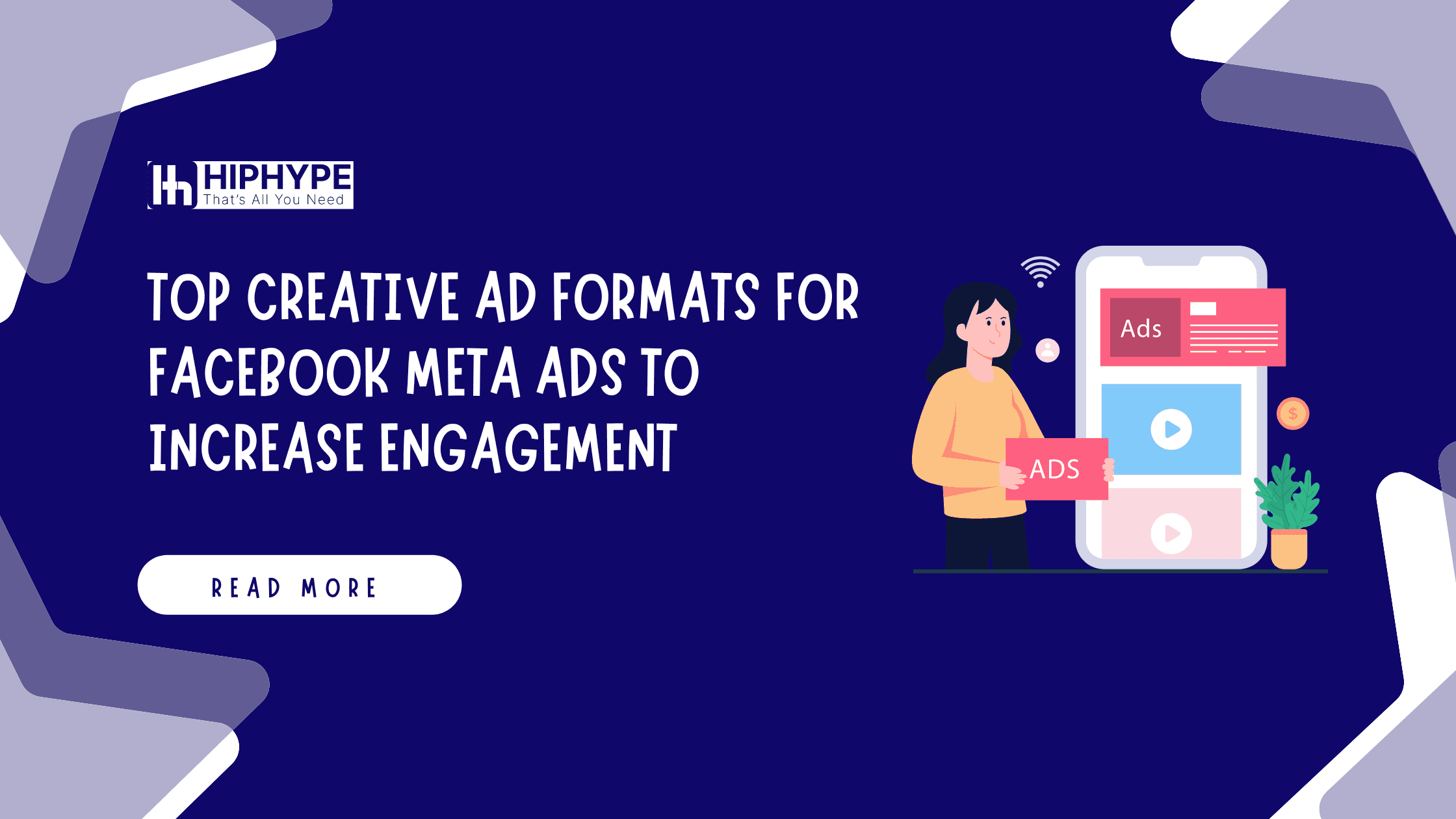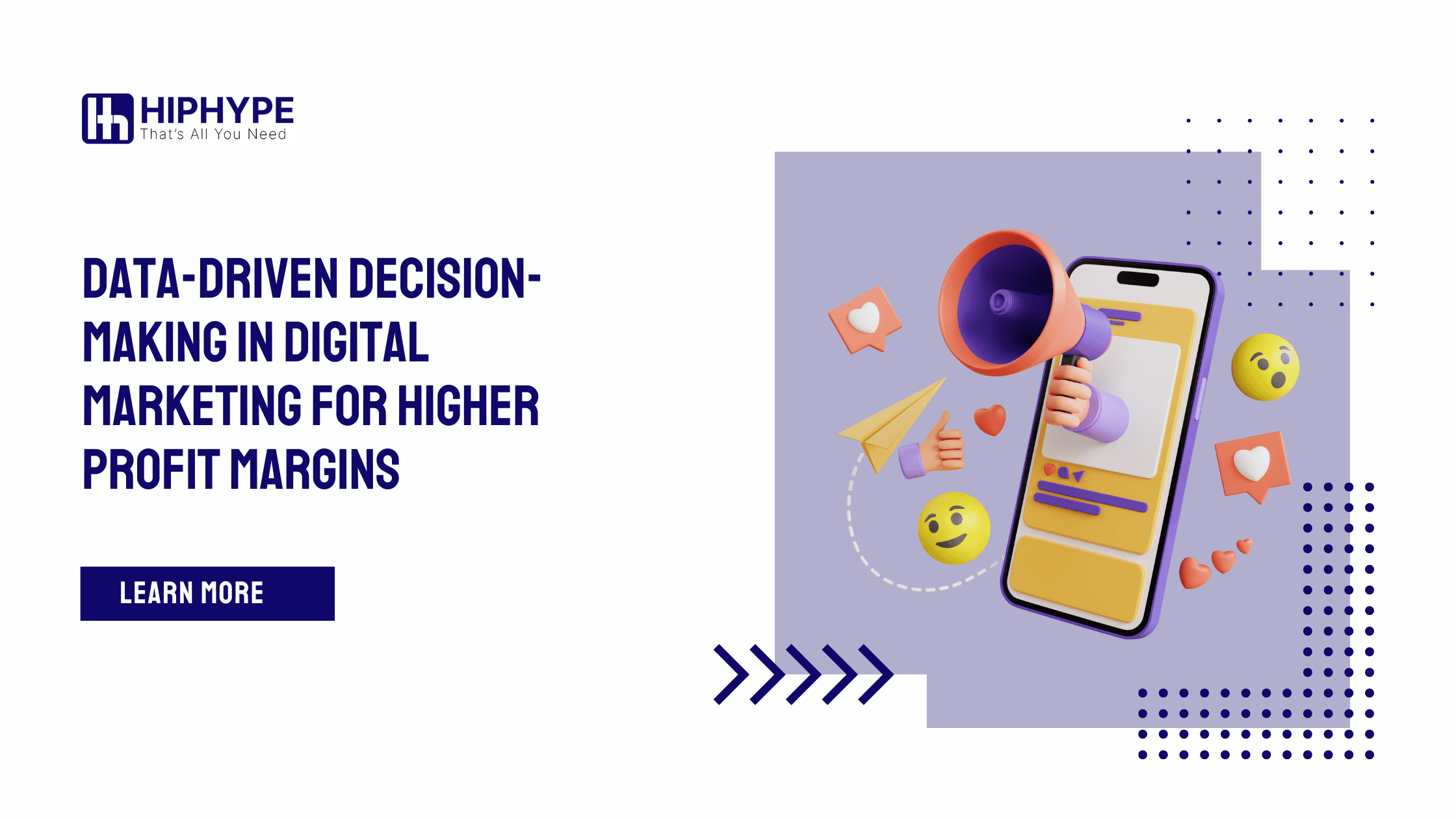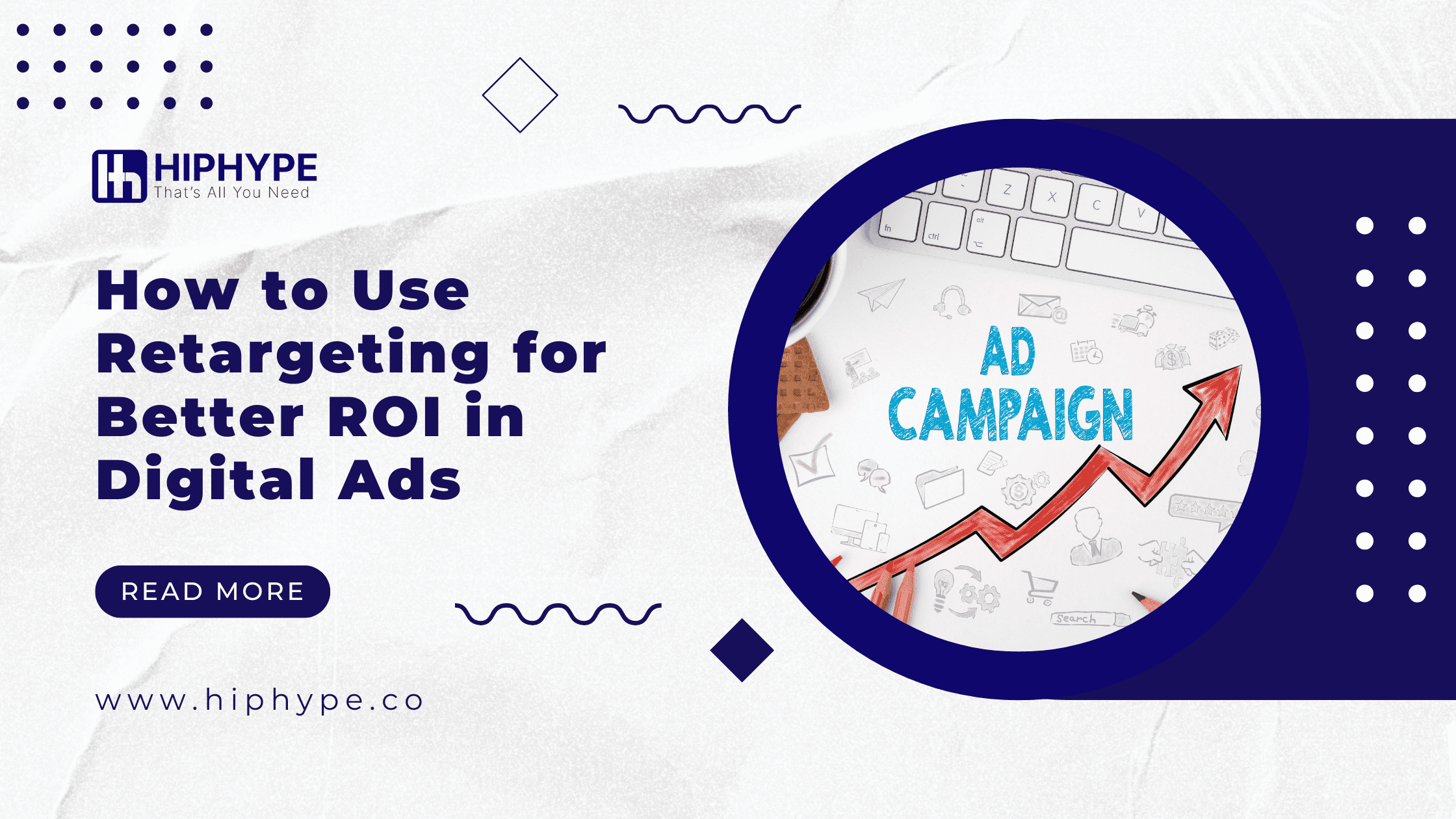Email Marketing for Profit: How to Achieve Higher ROI in Campaigns
Maximize ROI with email marketing services by nurturing leads, boosting loyalty, and optimizing strategies. Drive success in every campaign.
Email marketing services have stood the test of time, proving their worth as one of the most effective digital marketing strategies. When executed strategically, these services can drive substantial ROI by nurturing customer relationships, enhancing brand loyalty, and converting leads. In this comprehensive guide, we’ll explore how you can maximize ROI from your email campaigns by refining your strategies, integrating advanced tools, and continuously optimizing to adapt to the evolving digital landscape.
1. Understanding the Importance of ROI in Email Marketing
Why ROI Matters
ROI (Return on Investment) is crucial for understanding the efficiency and profitability of any campaign. For email marketing, it measures how much revenue you’re earning in comparison to what you’re investing in the campaign. Successful email marketing services focus on increasing the ratio of revenue earned to money spent, making ROI an essential indicator of campaign effectiveness.Setting Realistic ROI Expectations
Achieving a high ROI requires setting realistic, achievable goals. Define what success means for your business—whether it’s improving click-through rates (CTR), increasing conversion rates, or expanding your subscriber base. Setting clear KPIs will help measure your campaign’s success.
2. Crafting Effective Email Marketing Strategies
Audience Segmentation
Not every customer is at the same stage of their buyer’s journey. By segmenting your audience into different groups based on demographics, behavior, and engagement levels, you can deliver targeted content that resonates with each group. Segmentation boosts relevancy, which is directly linked to higher open rates and conversions.Personalization
Email marketing services emphasize the importance of personalizing messages. Use dynamic content to address recipients by name, tailor content to their preferences, and suggest products or services based on previous interactions. A personalized approach makes your email campaigns more engaging and appealing.Drip Campaigns for Engagement
Drip campaigns are a sequence of automated emails sent to subscribers over time. They keep your brand top-of-mind, providing a continuous connection. Whether it’s a welcome series, abandoned cart reminders, or product recommendation emails, drip campaigns nurture leads toward conversion.
3. Crafting High-Quality Content for Better Engagement
Compelling Subject Lines
Your email’s subject line is the first impression you make. Keep it short, compelling, and relevant to the content within. Incorporate actionable language or provoke curiosity to improve open rates. Testing various subject lines can reveal what resonates best with your audience.Clear, Concise Messaging
Respect your subscribers’ time by keeping your messages clear and to the point. Avoid lengthy blocks of text; instead, use bullet points, headings, and short paragraphs to make your email easy to skim. Ensure the call-to-action (CTA) is easy to find and stands out.Visual Appeal
High-quality visuals can make emails more engaging. Use images, GIFs, or videos that align with your brand. However, be cautious of overly large file sizes, as they can affect load times and overall user experience.
4. Optimizing for Mobile and Accessibility
Mobile-Friendly Design
With the rise of mobile users, ensure your emails are responsive and optimized for mobile devices. Test various email clients to see how your emails display across devices and adjust elements like button size, font, and image dimensions for a seamless mobile experience.Accessibility Standards
Accessibility is essential in today’s digital marketing environment. Use accessible design practices like alt text for images, high contrast for readability, and simple language to ensure your emails reach and resonate with a broad audience.
5. Timing and Frequency
Optimal Send Times
Analyzing when your audience is most likely to engage with emails can significantly boost open and click rates. Use A/B testing to determine the best days and times to send emails. Email marketing services often provide insights into optimal sending windows based on past campaign performance.Maintaining the Right Frequency
Sending too many emails can lead to fatigue and unsubscribes, while too few may cause your audience to forget about your brand. Find a balance that maintains engagement without overwhelming your subscribers.
6. Incorporating Automation for Efficiency
Using Automation for Personalization
Automation enables you to create a personalized experience without extensive manual effort. Automated triggers can send relevant emails based on user actions, such as welcome emails for new subscribers, or re-engagement emails for inactive users.Streamlining Campaign Management
Many email marketing services offer comprehensive automation features that streamline campaign management. With automation, you can schedule campaigns, segment lists, and analyze performance efficiently, allowing for a more consistent and scalable approach to email marketing.
7. Testing and Optimization
A/B Testing Elements
Testing different versions of your emails—whether it’s subject lines, CTAs, or design elements—can provide insights into what performs best. Run A/B tests consistently to refine your email strategy and ensure you’re delivering what your audience responds to.Analyzing Campaign Performance
Monitoring metrics like open rates, CTR, conversions, and unsubscribe rates is essential for understanding your campaign’s effectiveness. By analyzing these data points, you can identify strengths and areas for improvement.Continuous Improvement
The digital landscape and customer preferences are constantly evolving. Regularly review and adapt your strategy based on your findings and emerging trends to ensure that your campaigns remain relevant and profitable.
8. Ensuring Compliance and Building Trust
Adhering to Email Regulations
Email marketing is subject to regulations like CAN-SPAM, GDPR, and others. Ensure you’re compliant by including unsubscribe options, providing accurate information, and securing consent for data usage. Compliance not only avoids penalties but also fosters trust with your subscribers.Building Brand Credibility
Deliver value in every email you send. Share insightful information, exclusive offers, or personalized recommendations that genuinely benefit your audience. Building credibility is essential for converting subscribers into loyal customers.
9. Leveraging Advanced Analytics for Better ROI
Understanding Advanced Metrics
Go beyond basic metrics and leverage advanced analytics to measure subscriber lifetime value, purchase frequency, and revenue per email. These insights can reveal the true value of your email marketing efforts and guide your strategy toward long-term profitability.Segmented Performance Analysis
Analyze the performance of different audience segments to identify which groups are most profitable. This targeted approach enables you to focus your efforts on segments that drive higher ROI.
10. Choosing the Right Email Marketing Services
Factors to Consider
With numerous email marketing services available, select one that aligns with your goals, budget, and required features. Some key considerations include ease of use, automation capabilities, analytics, and support options.Popular Email Marketing Services
Consider popular options like Mailchimp, HubSpot, and ActiveCampaign, each offering unique features suitable for different business needs. Testing different platforms may help identify which one delivers the best ROI for your specific campaign requirements.
11. Case Studies: Successful ROI in Email Marketing
Example 1: E-commerce Brand Boosting Revenue
An e-commerce brand focused on personalization and automation achieved a 40% increase in ROI by creating targeted product recommendation emails. This example illustrates the importance of customization in driving sales.Example 2: SaaS Company Improving Engagement
A SaaS company leveraged A/B testing for subject lines and CTA buttons, resulting in a 25% lift in conversions. This case underscores the value of data-driven optimization for improved performance.Example 3: B2B Firm Reducing Unsubscribes with Segmentation
A B2B firm minimized unsubscribe rates by segmenting their email list and delivering industry-specific content. The result was a 20% increase in engagement from targeted recipients.
Conclusion
To achieve a higher ROI with email marketing, focus on crafting strategies that resonate with your audience, optimizing content for engagement, and consistently analyzing performance. Through careful segmentation, automation, and personalization, email marketing services can drive profitable results, converting subscribers into loyal customers. Stay agile and adaptable, continuously refining your approach based on insights and emerging trends. By following these best practices, you can maximize the impact and profitability of your email marketing campaigns, transforming them into a powerful asset for sustained business growth.




